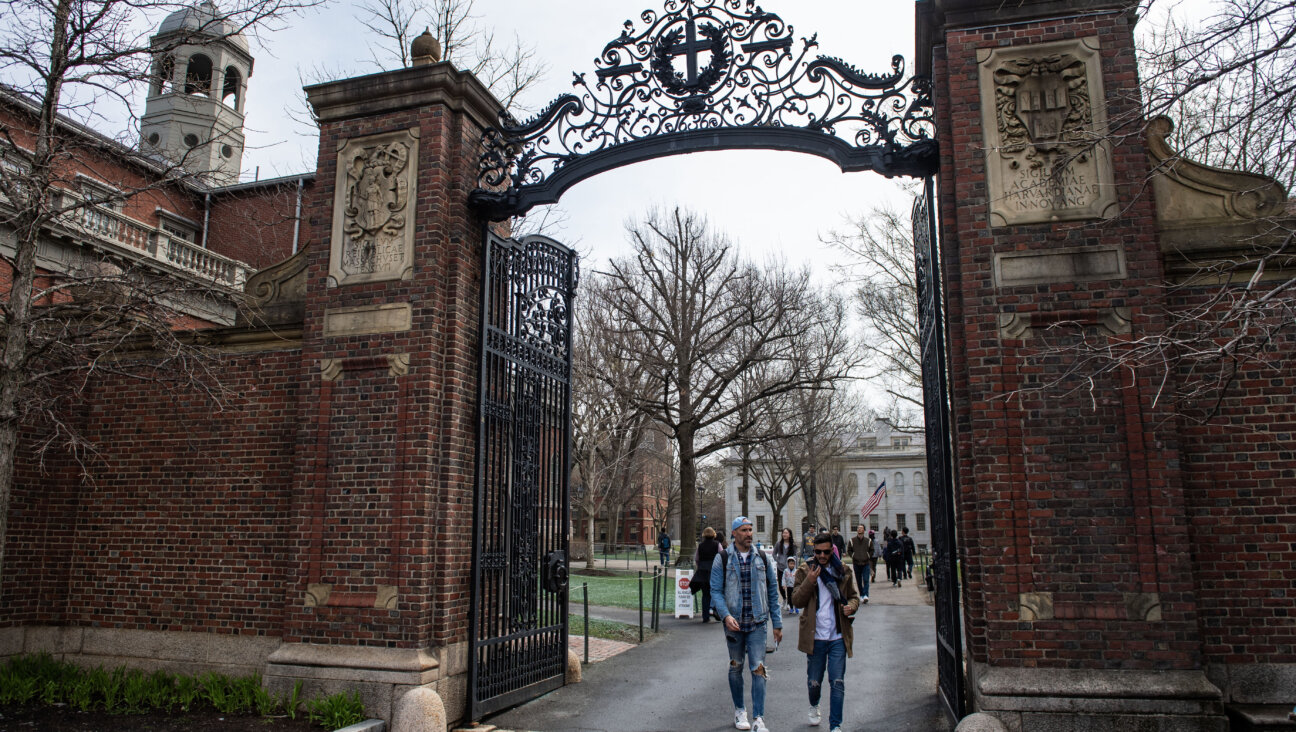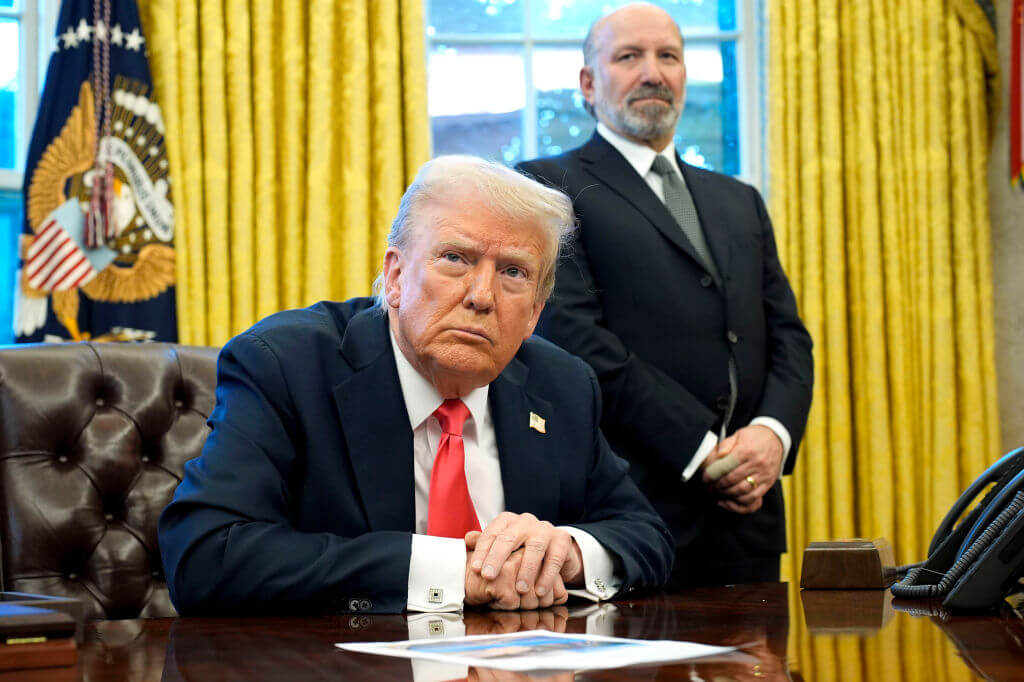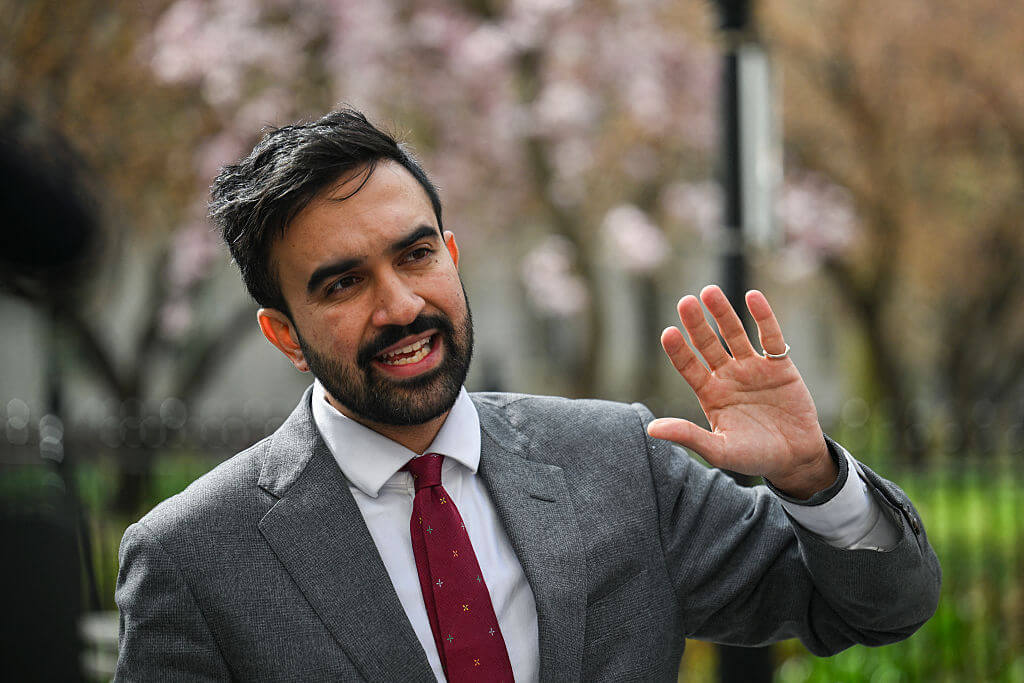West Bank Security Barrier Draws Artists and Advertisers

The Medium Is the Message: Palestinian artist Majd Abdel Hamid has painted on Israel?s security barrier a jumble of letters that, when unscrambled, spell out the Palestinian Declaration of Independence. Image by DANIEL ESTRIN
What many Israelis see as a security barrier, and many Palestinians see as a prison wall, Majd Abdel Hamid sees as a blank canvas.

The Medium Is the Message: Palestinian artist Majd Abdel Hamid has painted on Israel?s security barrier a jumble of letters that, when unscrambled, spell out the Palestinian Declaration of Independence. Image by DANIEL ESTRIN
“It’s really tempting as an artist,” said Abdel Hamid, a 22-year-old Ramallah-based painter.
Back in 2007, Abdel Hamid and two assistants spent two 10-hour days painting a 130-foot-long portion of the barrier that separates Israel from the West Bank. On the concrete slabs, they stenciled a jumble of Arabic letters. Unscrambled, the letters spell out the Palestinian Declaration of Independence, written in 1988 by Palestinian poet Mahmoud Darwish.
In recent decades, in some of the world’s most politically charged places — such as Berlin and Belfast — walls have become magnets for an increasingly sophisticated, increasingly political genre of graffiti artists. As Israel began building its security barrier in 2002, at the height of the second Palestinian uprising, with the stated goal of preventing terrorist attacks, artists from around the world began to flock to the West Bank to protest its existence by covering it with paint.
Eight years later, the barrier, made up of alternating fences and walls, is mostly complete. In dense Palestinian urban areas around Jerusalem, where the barrier is a wall, formerly bare concrete slabs have taken on a clutter of artwork, graffiti, posters and commercial advertisements.
Most famously, back in 2005, the British guerilla street artist Banksy — known for sauntering into the world’s top museums and hanging his own art on the walls — came to the West Bank and painted nine works on the Palestinian side of the barrier, including an image of oversized sofas next to a window looking out of the wall, and a depiction of children digging their way out.
Two years later, around Christmastime, Banksy returned to Bethlehem with a coterie of street artists, including Italian artist Blu, who painted ona giant man who is using one finger to crack a guard tower attached to the barrier; British artist Paul Insect, who drew a woman who has doves over her eyes, and American artist Ron English, who also painted on the Berlin wall shortly before it fell.
There have been other creative uses of the barrier, too, with some using it to announce car washes and souvenir sales. In Bethlehem, the Bahamas Seafood Restaurant, just yards away from the concrete barrier, tacked a giant menu onto it. Meanwhile, visitors to the Dutch-Palestinian website Sendamessage can enter a message, and for 30 euros it will be spray-painted on the Palestinian side of the barrier — with the final product e-mailed to the customer. So far, Sendamessage has commissioned political slogans, birthday greetings and about 10 marriage proposals. Messages deemed vulgar or bigoted are not permitted.
The company’s Palestinian coordinator, Faris Arouri, called its operation “communication art” and said that the proceeds go to Palestinian nongovermental organizations supporting small cultural and educational projects. ”We check the profile of the artists, what are their political stances, if any,” Arouri said. “We don’t want our work to end up a part of an ultra-Orthodox artist or Zionist artist or fundamentalist Muslim artist’s work. We want to stay away from controversy — this kind of controversy.”
Since they began work in 2007, Arouri said, his group has been detained by the Israeli military twice. On one occasion, according to Arouri, the army asked them to sign a statement declaring that they won’t paint on the barrier anymore; one group member crossed out the word “won’t” before signing it.
In a written statement, the Israeli military spokesperson’s office said that the barrier is considered military property and that “causing damage to the fence and engaging in unauthorized contact therewith, including by spraying graffiti, are prohibited.”
Arouri said that one mural very close to a checkpoint was plastered over by the Israeli military. And according to locals in Bethlehem, Israeli soldiers recently painted over graffiti near the city’s main checkpoint, with light-blue paint, as a part of their preparation of the checkpoint for Ramadan worshippers.
The critical mass of art and messaging on the separation barrier has sparked a debate within the Palestinian art community about whether it should be painted on at all.
“They are changing the reality of the wall,” said Muhannad Al-Azzeh, an artist whose murals cover the walls of refugee camps in Bethlehem. “It’s a military color, and an ugly color, so keep it as ugly. I will not want to make this wall a beautiful thing.”
“This space is there,” Abdel Hamid countered. “You have an opportunity to use it in a conscious way.” Still, he said that he did not agree with all the art displayed: He criticized English-language graffiti that equated a swastika with an Israeli flag.
As for those who not only live with the barrier near their homes, but also view the art every day, reactions are mixed. Majed Ghareeb, who works at a souvenir shop across the street from a display of giant photographed portraits of people making silly faces, stood across from the barrier and offered up his own interpretation, as if standing in a contemporary art museum. “He’s smiling,” Ghareeb said of a boy’s portrait, “because he knows that in the end, the wall will not be here.”
But Mike Canawati, a restaurateur and souvenir shop owner in Bethlehem, was angry when Banksy left his mark on the side of a building across the street from his shop: a soldier checking the paperwork of a donkey.
“I don’t like the idea of putting Palestinians as donkeys,” Canawati said, explaining his interpretation of the piece. So he created a business opportunity: He cut out the slab with the artwork from the building and offered it for sale for $200,000, with the proceeds going toward renovating churches and to other charitable projects. A British art dealer claimed he had a buyer that ultimately backed out.
Still, Canawati keeps Banksy’s art in the driveway of his shop, waiting for the next offer. Though he isn’t pleased with Bethlehem’s graffiti art, it has turned him into an international art dealer of sorts.
“If the buyers come,” Canawati said, “I am ready to cut down all the walls of Bethlehem.”
Contact Daniel Estrin at [email protected]
The Forward is free to read, but it isn’t free to produce

I hope you appreciated this article. Before you go, I’d like to ask you to please support the Forward.
Now more than ever, American Jews need independent news they can trust, with reporting driven by truth, not ideology. We serve you, not any ideological agenda.
At a time when other newsrooms are closing or cutting back, the Forward has removed its paywall and invested additional resources to report on the ground from Israel and around the U.S. on the impact of the war, rising antisemitism and polarized discourse.
This is a great time to support independent Jewish journalism you rely on. Make a gift today!
— Rachel Fishman Feddersen, Publisher and CEO
Support our mission to tell the Jewish story fully and fairly.
Most Popular
- 1
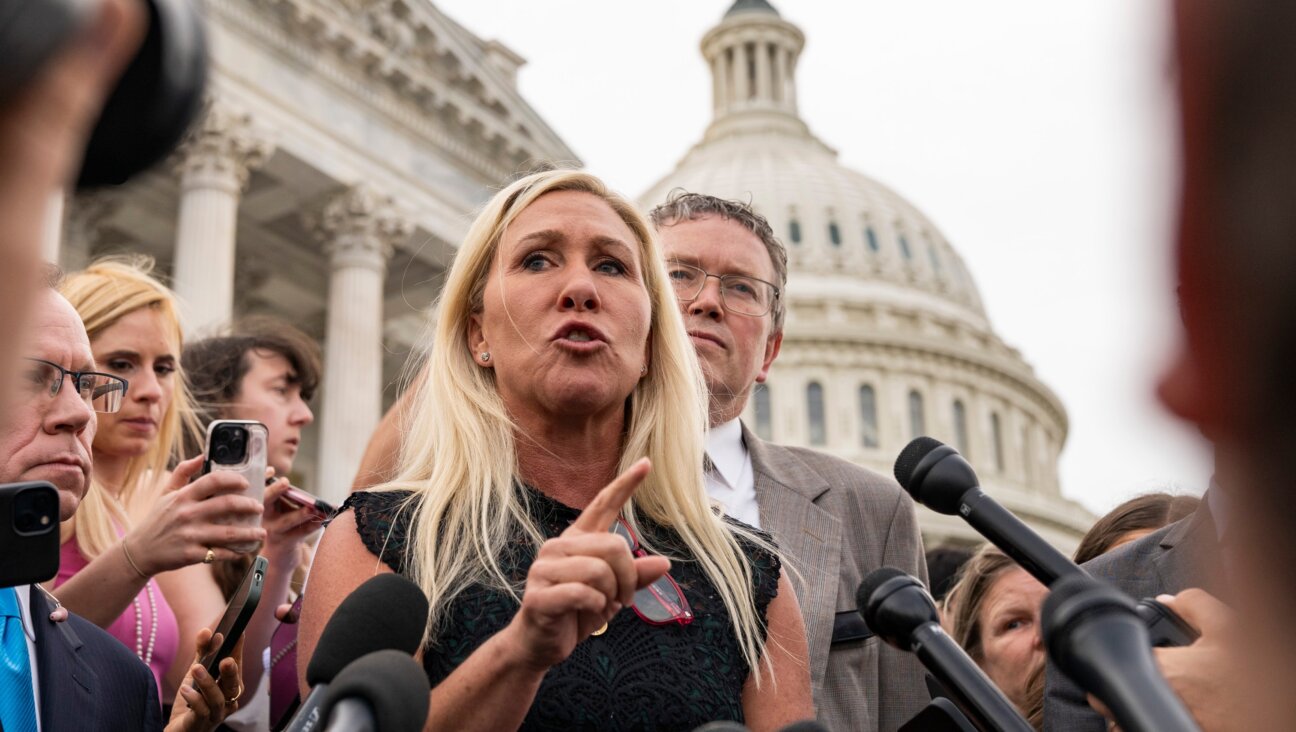
Fast Forward Why the Antisemitism Awareness Act now has a religious liberty clause to protect ‘Jews killed Jesus’ statements
- 2
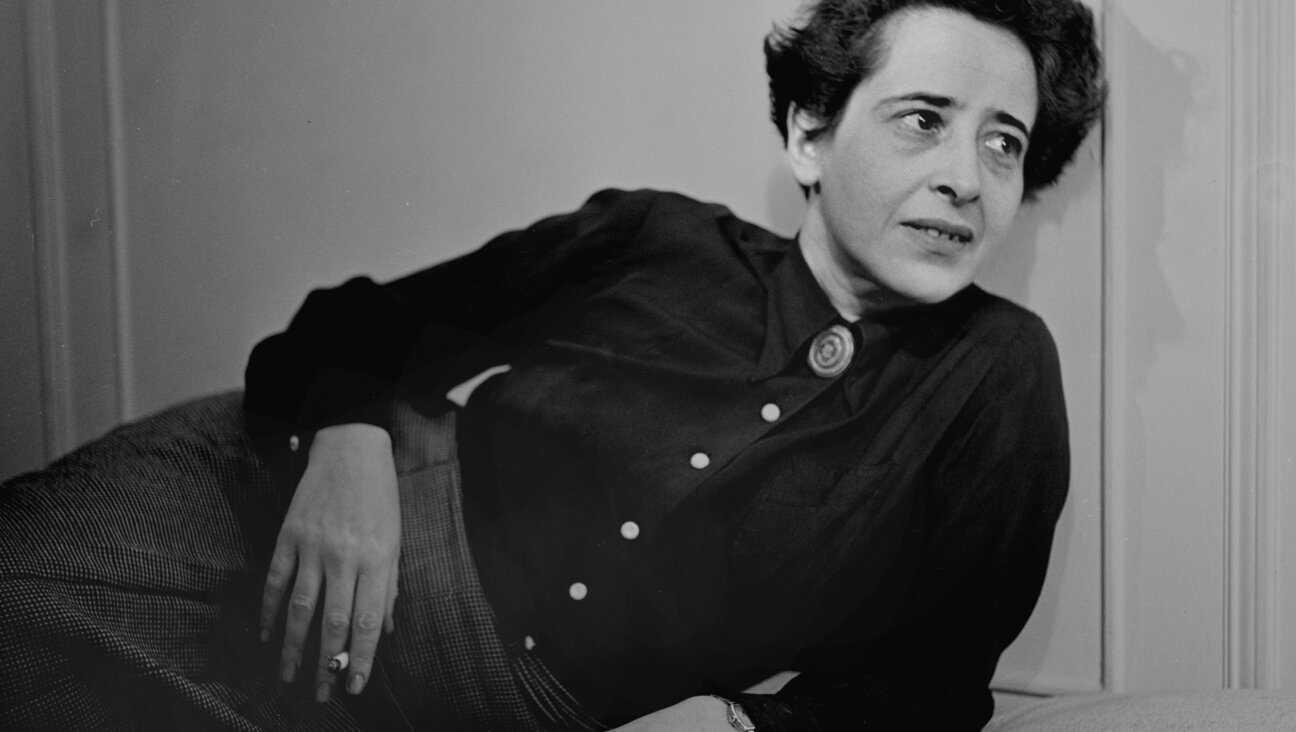
Culture Trump wants to honor Hannah Arendt in a ‘Garden of American Heroes.’ Is this a joke?
- 3
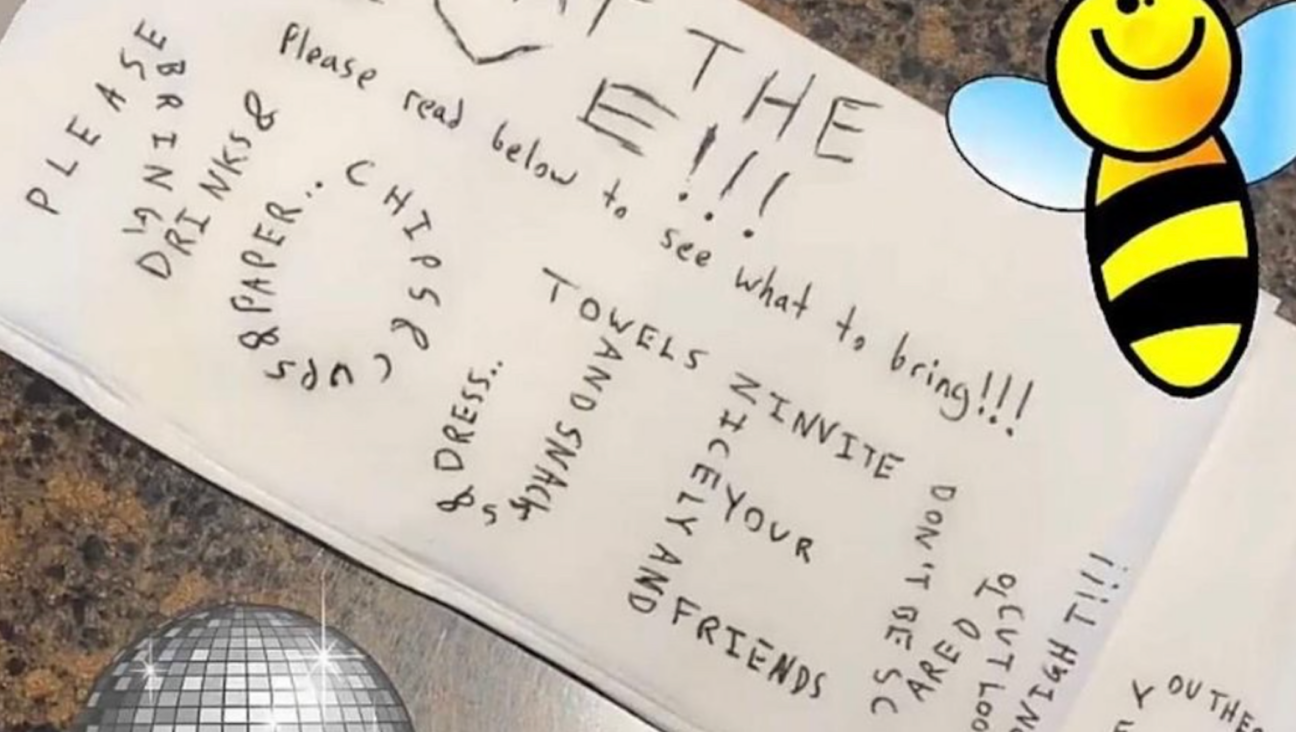
Fast Forward The invitation said, ‘No Jews.’ The response from campus officials, at least, was real.
- 4
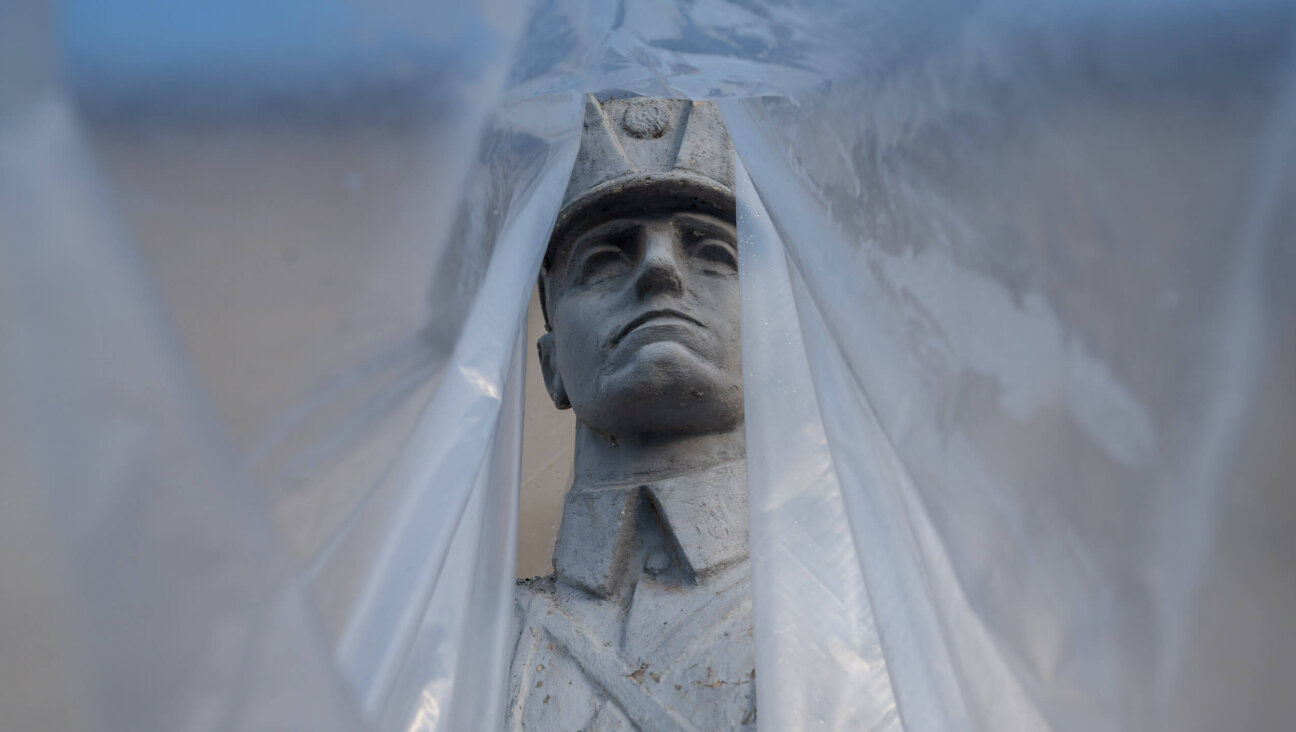
Opinion A Holocaust perpetrator was just celebrated on US soil. I think I know why no one objected.
In Case You Missed It
-
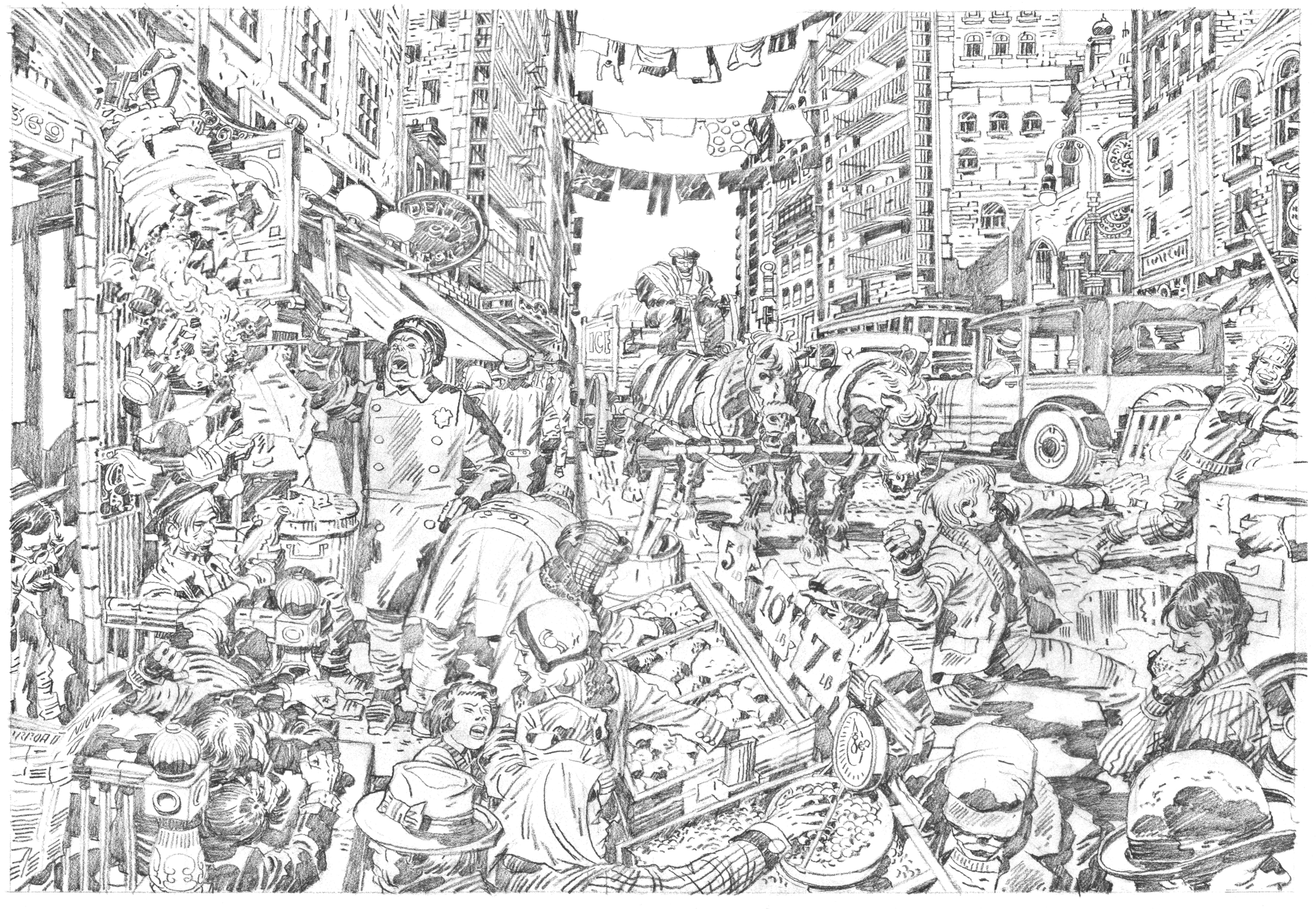
Art How a Lower East Side Jew conquered the multiverse
-
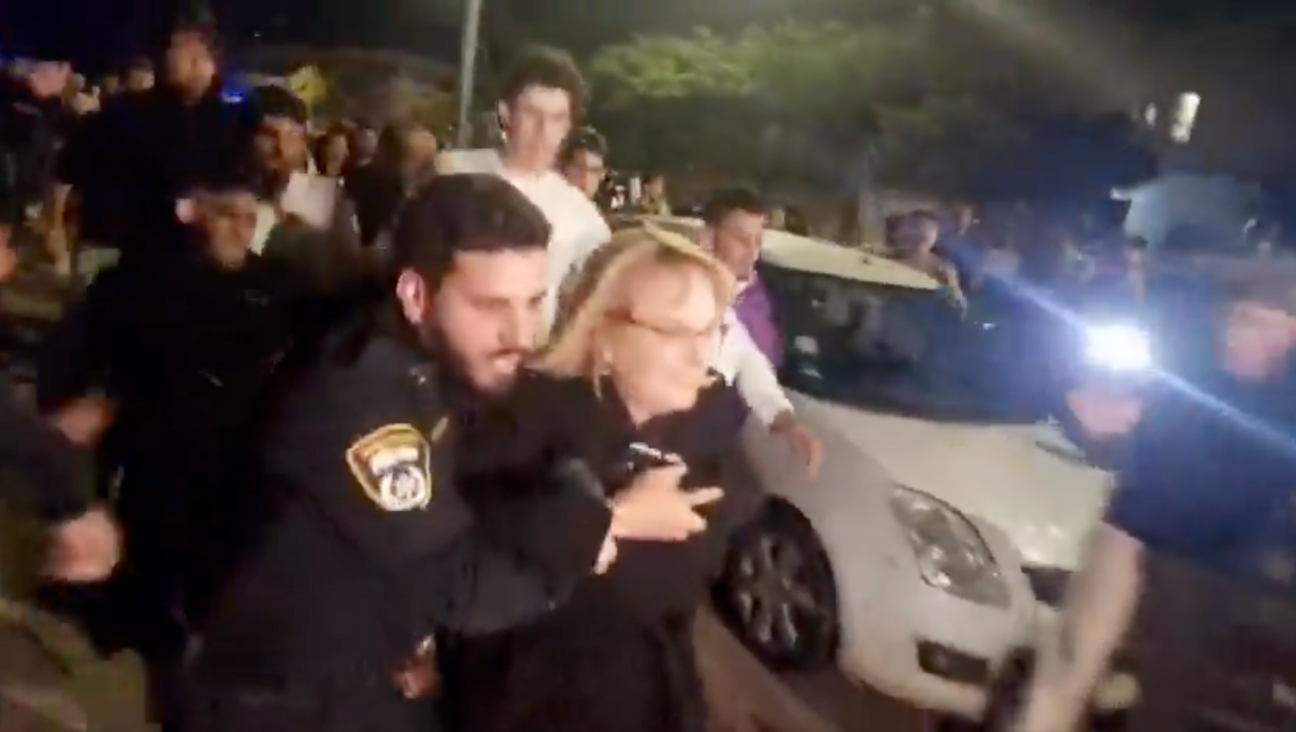
Fast Forward Right-wing activists riot outside Israeli-Palestinian memorial event at Reform synagogue in Israel
-
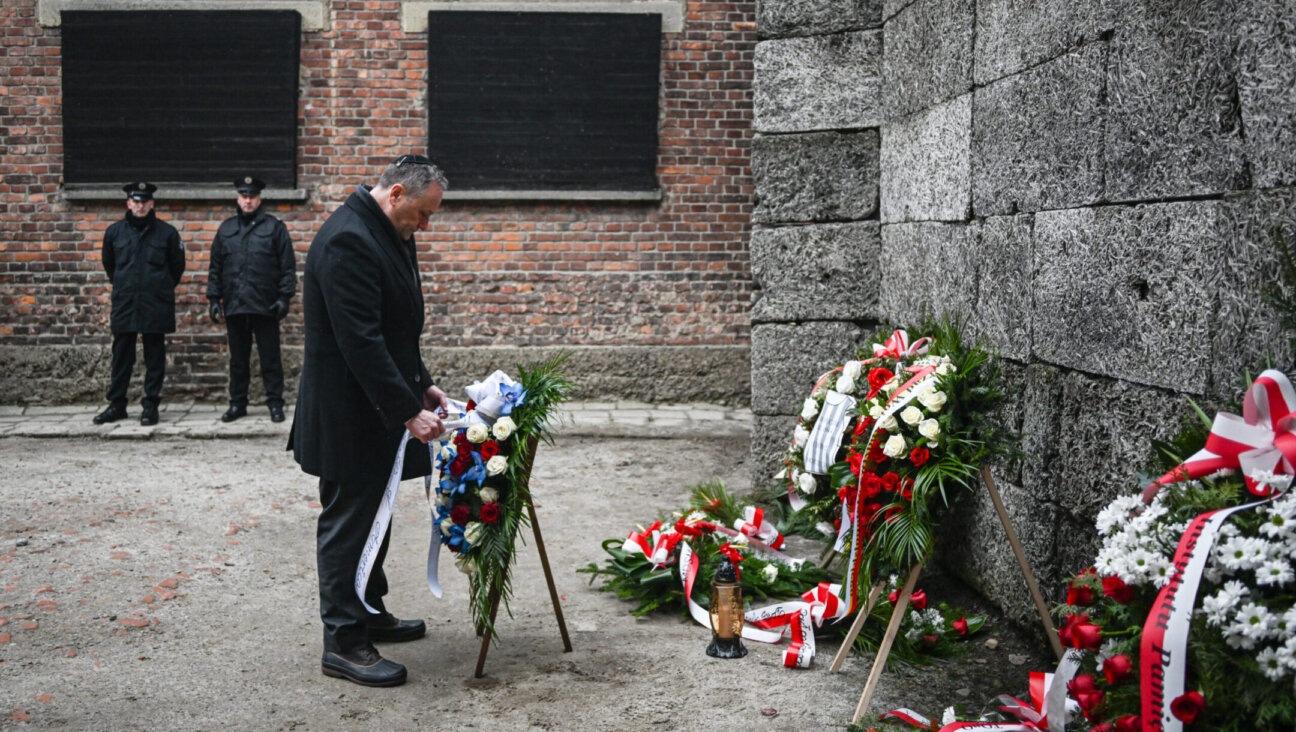
Fast Forward Trump fires Doug Emhoff from Holocaust Memorial Council
-
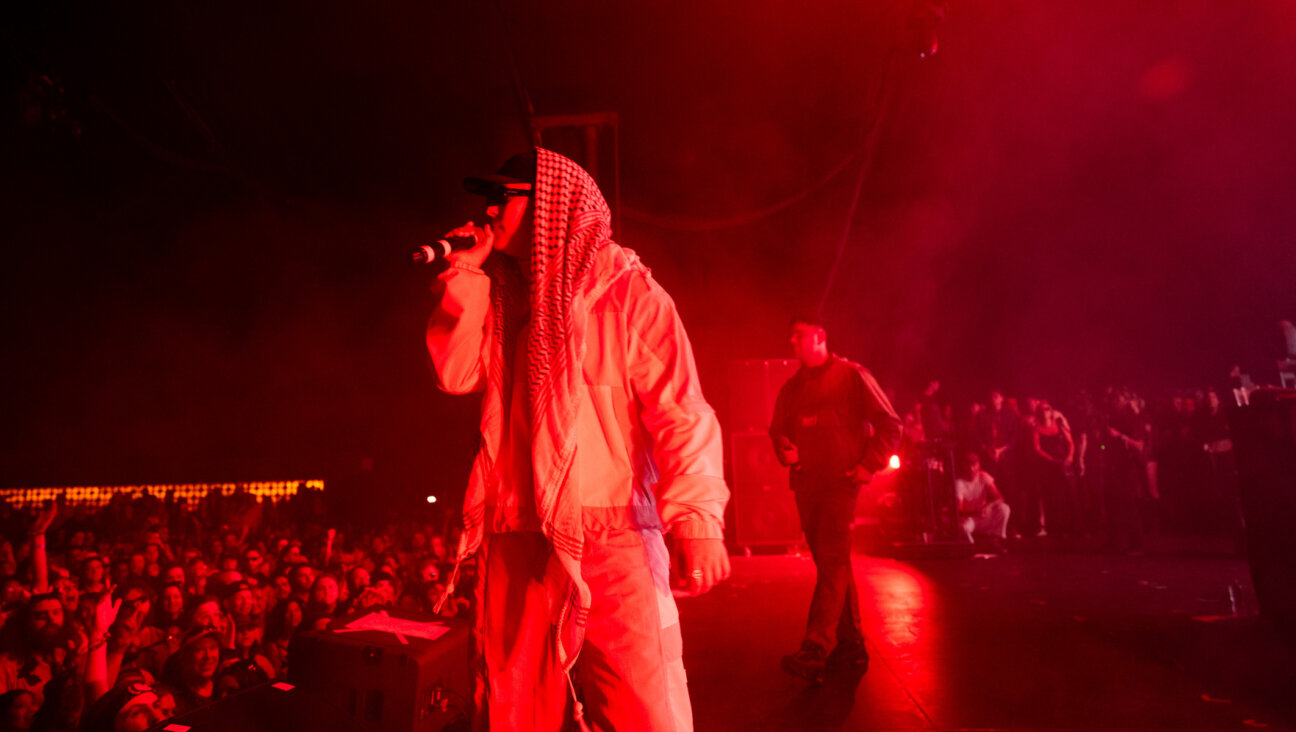
Fast Forward Facing police investigation, Irish band Kneecap denies supporting Hamas, Hezbollah
-
Shop the Forward Store
100% of profits support our journalism
Republish This Story
Please read before republishing
We’re happy to make this story available to republish for free, unless it originated with JTA, Haaretz or another publication (as indicated on the article) and as long as you follow our guidelines.
You must comply with the following:
- Credit the Forward
- Retain our pixel
- Preserve our canonical link in Google search
- Add a noindex tag in Google search
See our full guidelines for more information, and this guide for detail about canonical URLs.
To republish, copy the HTML by clicking on the yellow button to the right; it includes our tracking pixel, all paragraph styles and hyperlinks, the author byline and credit to the Forward. It does not include images; to avoid copyright violations, you must add them manually, following our guidelines. Please email us at [email protected], subject line “republish,” with any questions or to let us know what stories you’re picking up.







